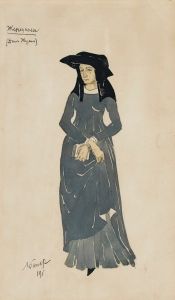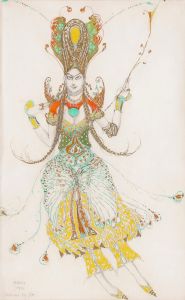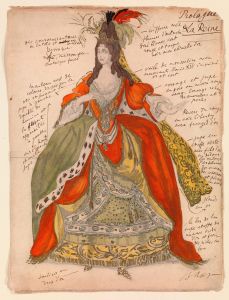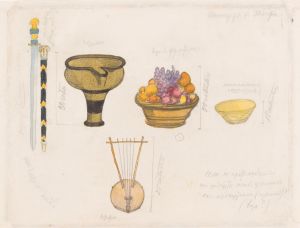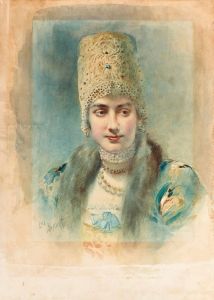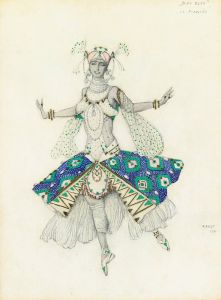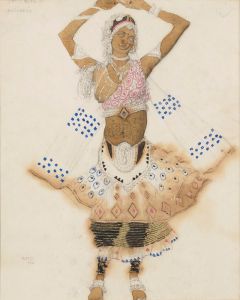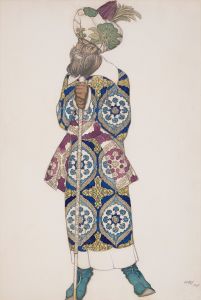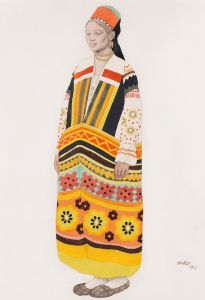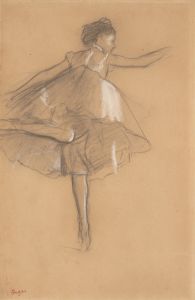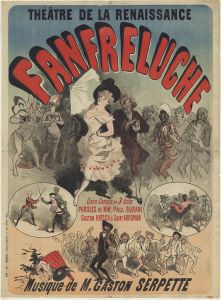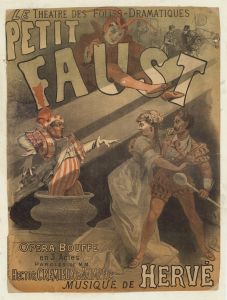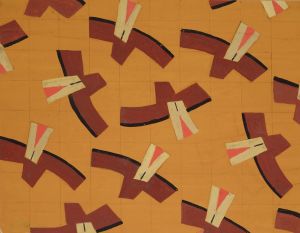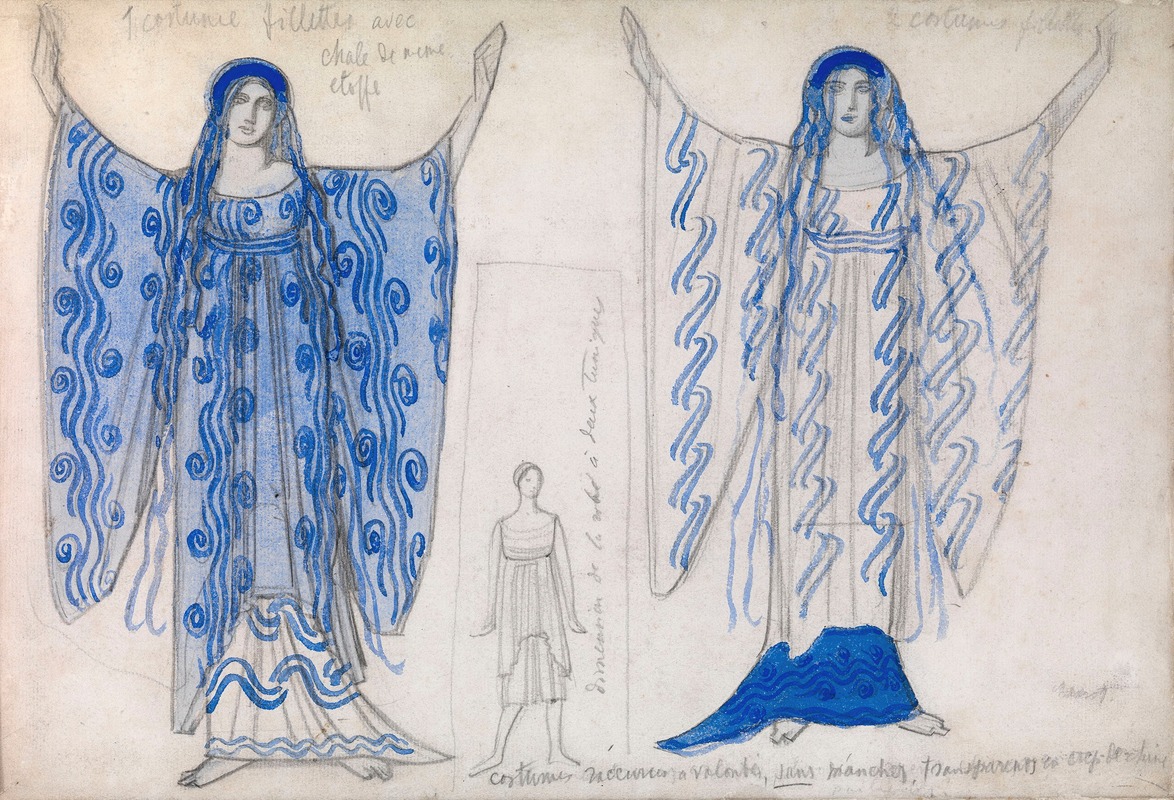
Costume Design for ‘Phaedra’
A hand-painted replica of Léon Bakst’s masterpiece Costume Design for ‘Phaedra’, meticulously crafted by professional artists to capture the true essence of the original. Each piece is created with museum-quality canvas and rare mineral pigments, carefully painted by experienced artists with delicate brushstrokes and rich, layered colors to perfectly recreate the texture of the original artwork. Unlike machine-printed reproductions, this hand-painted version brings the painting to life, infused with the artist’s emotions and skill in every stroke. Whether for personal collection or home decoration, it instantly elevates the artistic atmosphere of any space.
Léon Bakst, a renowned Russian painter and scene and costume designer, created the costume design for the character of Phaedra, which is one of his notable works in the realm of theatrical design. Bakst was a prominent figure in the early 20th century, particularly known for his association with the Ballets Russes, a groundbreaking ballet company founded by Sergei Diaghilev. His work significantly influenced the visual aesthetics of theater and fashion during that era.
The costume design for 'Phaedra' exemplifies Bakst's distinctive style, characterized by vibrant colors, intricate patterns, and a fusion of historical and exotic elements. Bakst's designs often drew inspiration from a variety of sources, including Orientalism, ancient Greek and Roman art, and Russian folk traditions. His ability to blend these influences resulted in visually stunning and innovative costumes that enhanced the storytelling and emotional impact of the performances.
Bakst's work on 'Phaedra' would have been part of a larger production, likely involving a ballet or theatrical performance. His designs were not merely decorative but played a crucial role in defining the characters and setting the tone for the production. The costumes were meticulously crafted to reflect the personality and narrative arc of the characters, contributing to the overall artistic vision of the performance.
In the context of 'Phaedra,' Bakst's design would have been intended to capture the essence of the character, who is rooted in Greek mythology. Phaedra is a tragic figure, known for her complex emotions and dramatic story, which involves themes of love, betrayal, and fate. Bakst's design would have aimed to embody these themes through the use of color, texture, and silhouette, creating a visual representation that resonated with the audience.
Bakst's influence extended beyond the stage, impacting fashion and interior design of the time. His bold use of color and pattern inspired designers and artists across various fields, contributing to the development of modernist aesthetics. The legacy of his work is evident in the continued appreciation and study of his designs, which are considered masterpieces of theatrical art.
The costume design for 'Phaedra' is a testament to Bakst's artistic genius and his ability to transform theatrical productions into immersive visual experiences. His work remains a significant part of art and theater history, celebrated for its creativity, innovation, and enduring impact on the arts.





